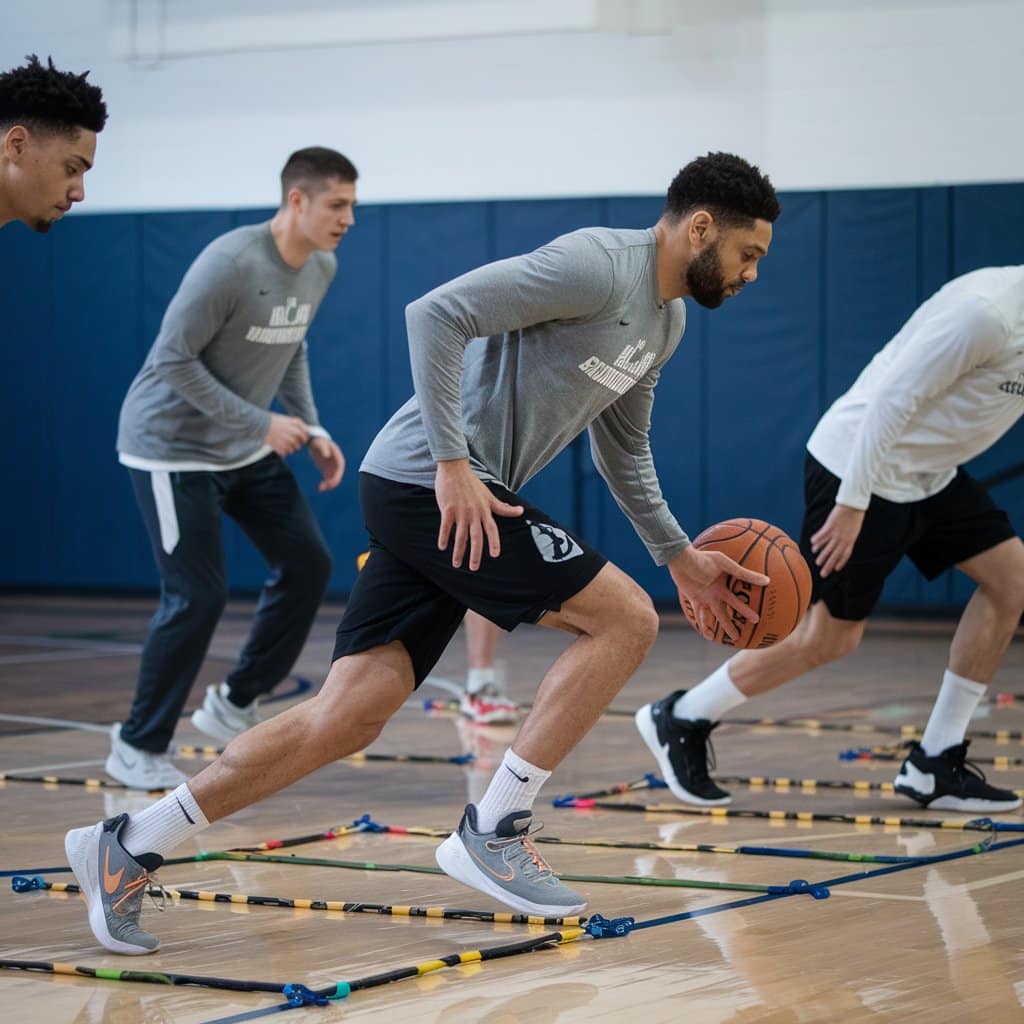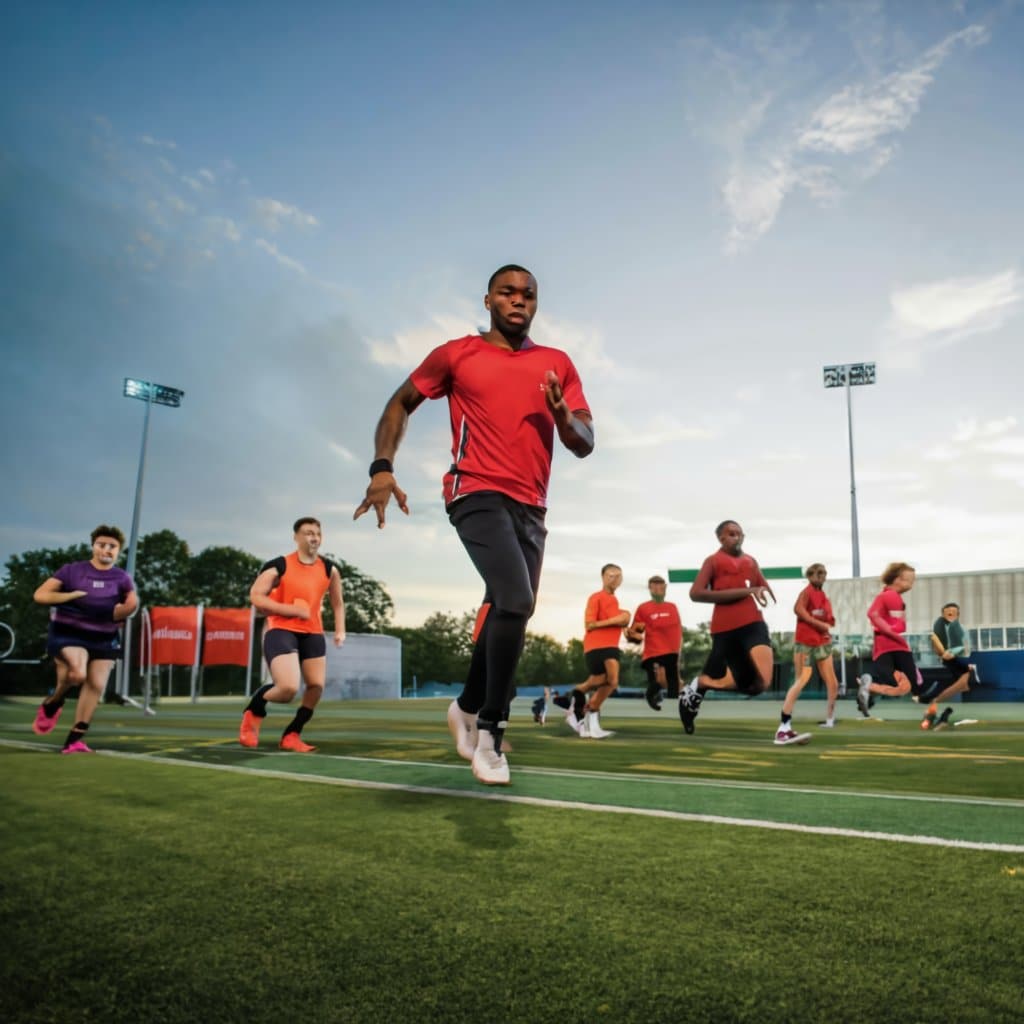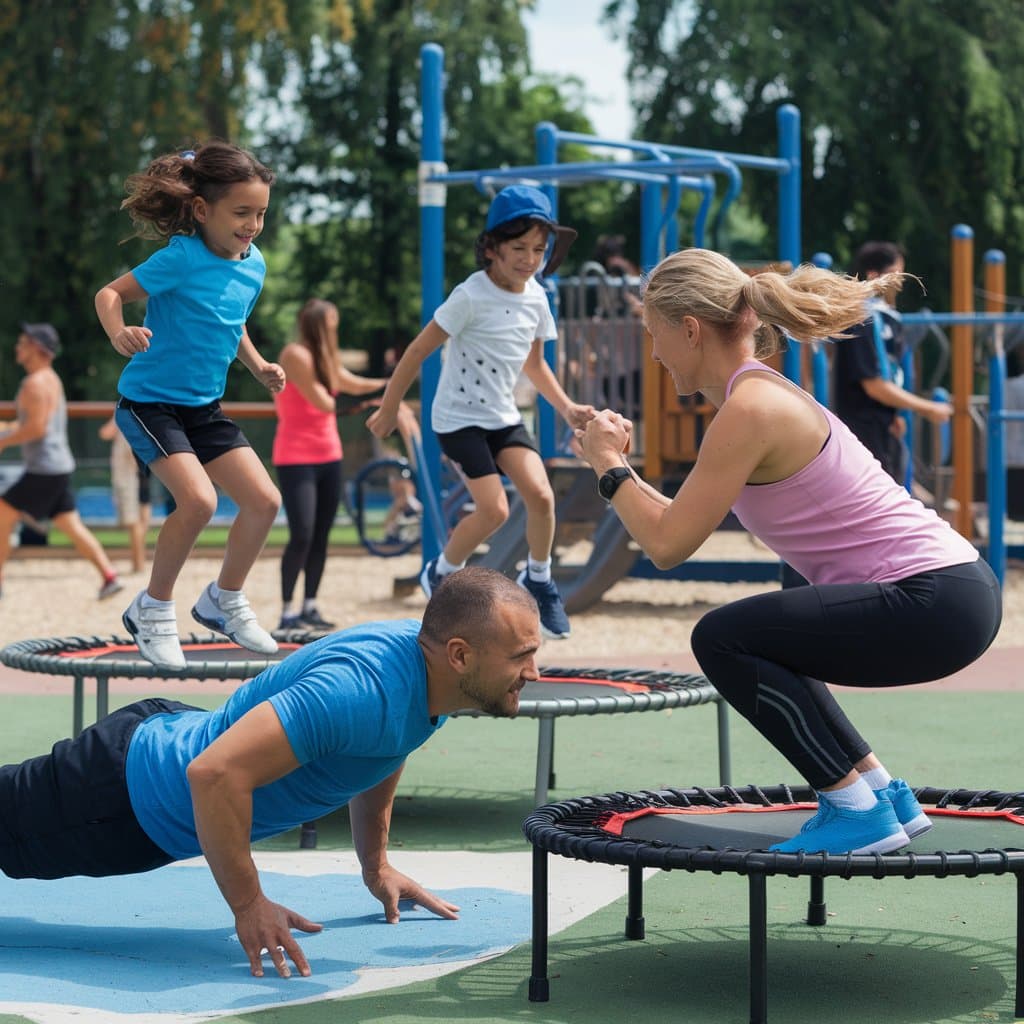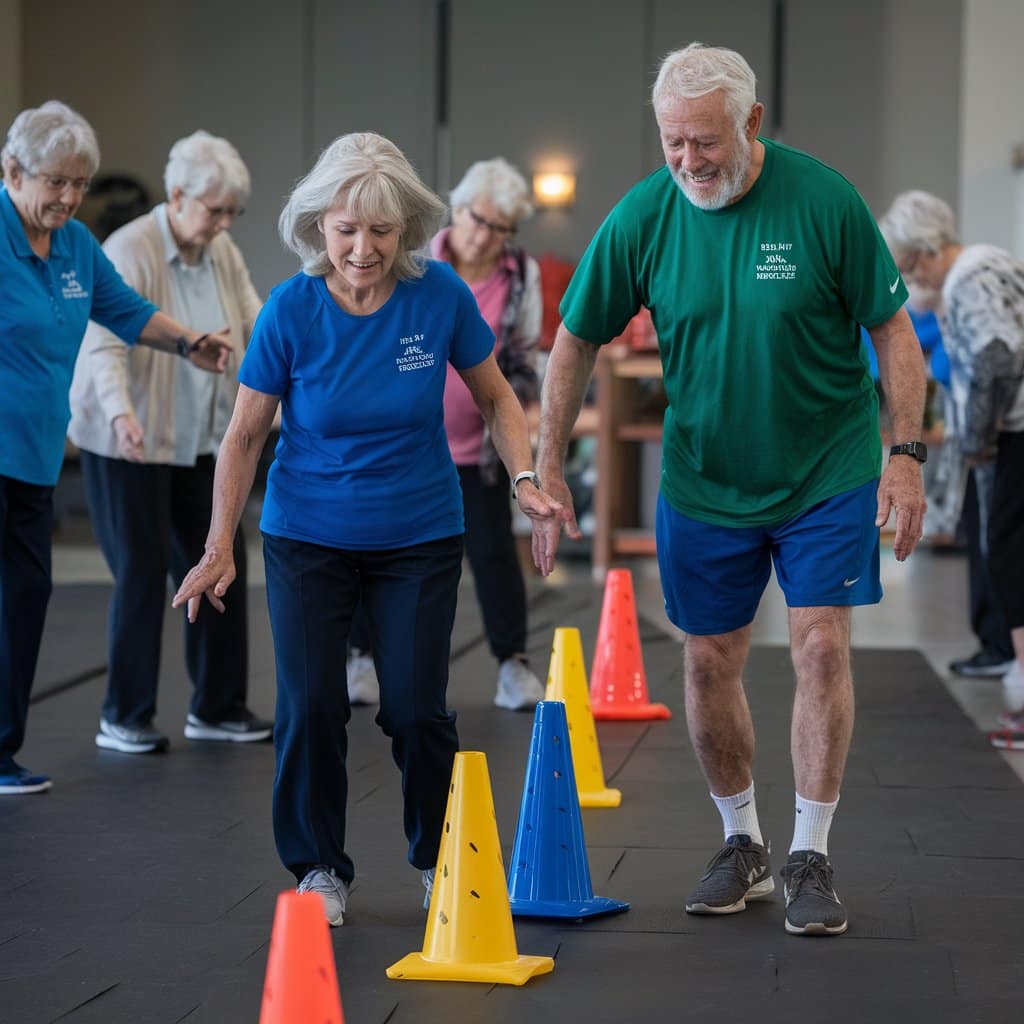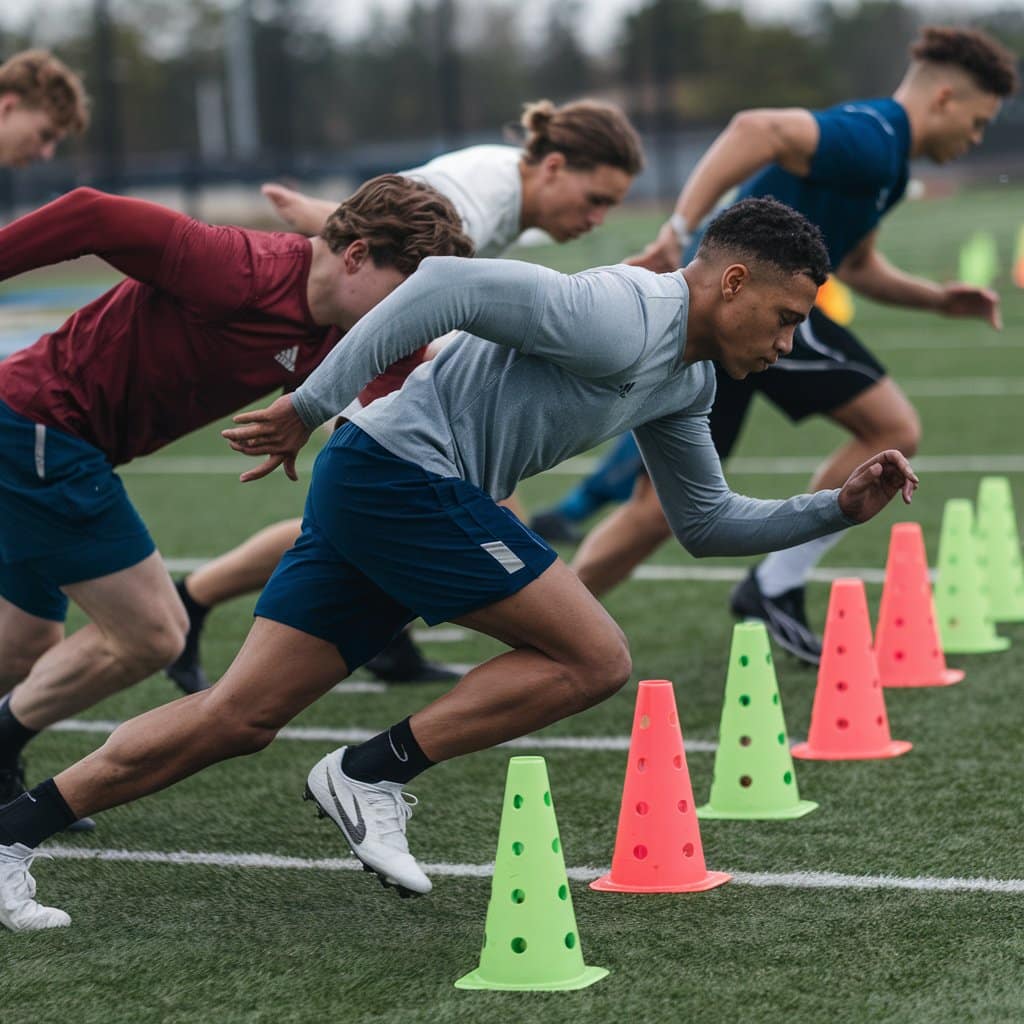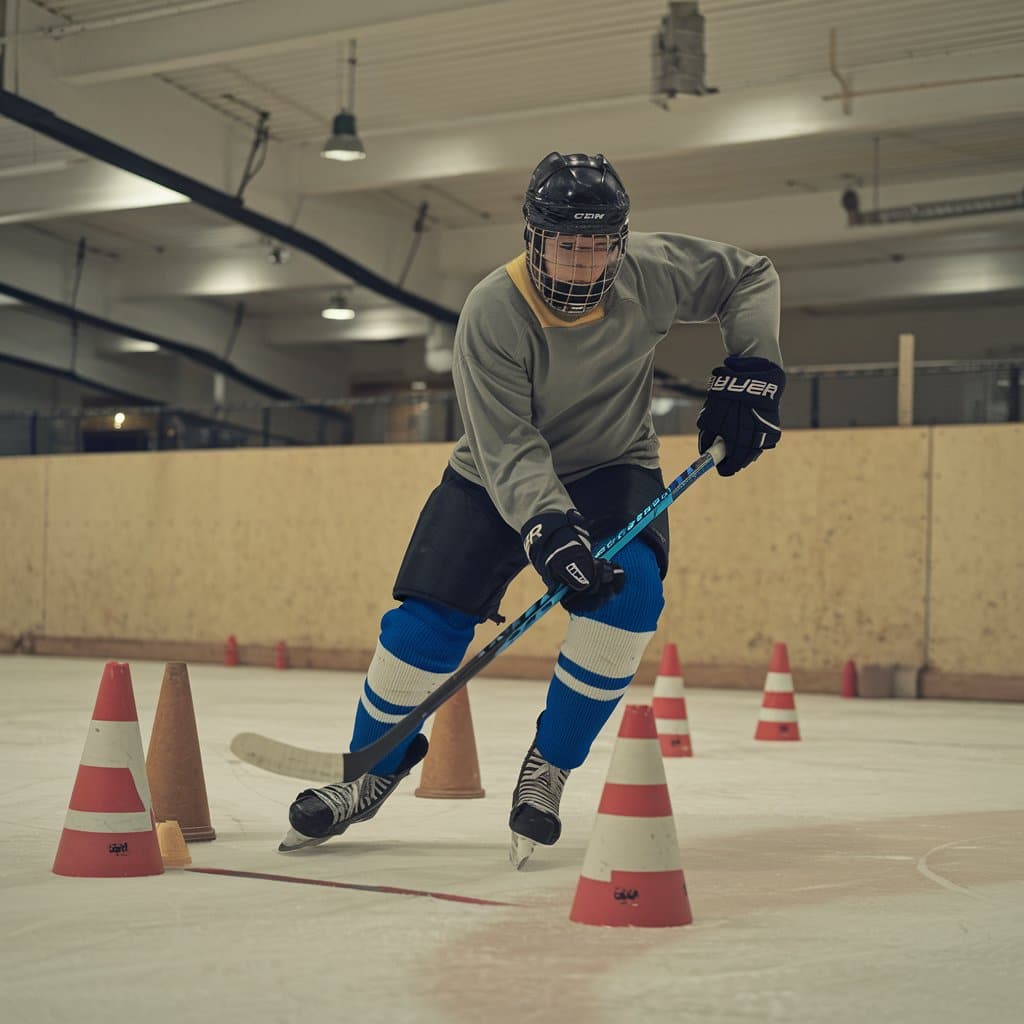Boost your speed, coordination, and agility with proven training techniques that enhance athletic performance.
In the fast-paced game of basketball, agility is key. Players must be able to move quickly, change direction on a dime, and maintain balance while executing plays. Agility training helps athletes improve these essential skills, allowing them to perform at their best. This comprehensive guide will explore the importance of agility training in basketball, effective exercises, and strategies to incorporate agility drills into your training regimen. Importance of Agility in Basketball Agility is crucial in basketball for several reasons: Speed: Players need to move quickly across the court, whether on offense or defense. Speed helps in getting to the right positions, stealing the ball, or driving to the basket. Reaction Time: The ability to react swiftly to opponents’ movements can lead to more successful plays. Quick decision-making is essential in high-pressure situations. Balance: Maintaining stability while changing directions or executing skills is vital for effective gameplay. Good balance helps players maintain control over their movements. Game Strategy: Agility contributes to executing game strategies effectively, such as cuts, screens, and defensive positioning. By focusing on agility training, basketball players can enhance …

